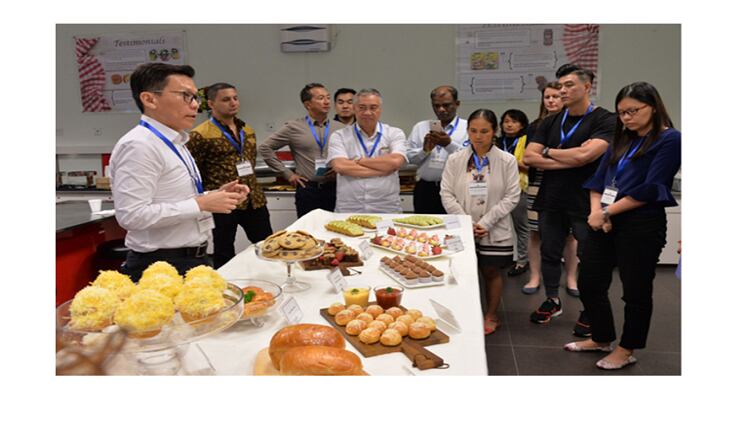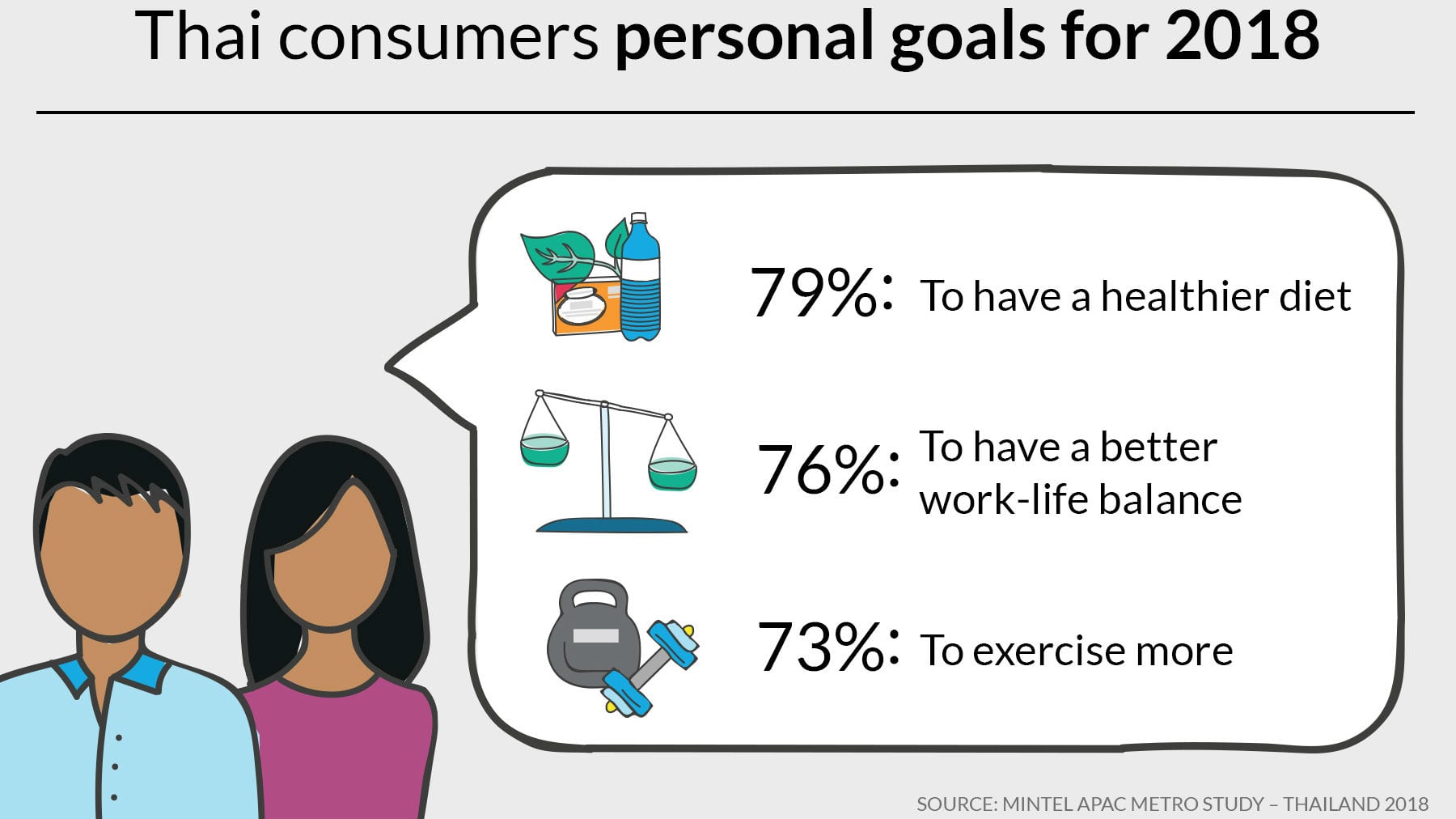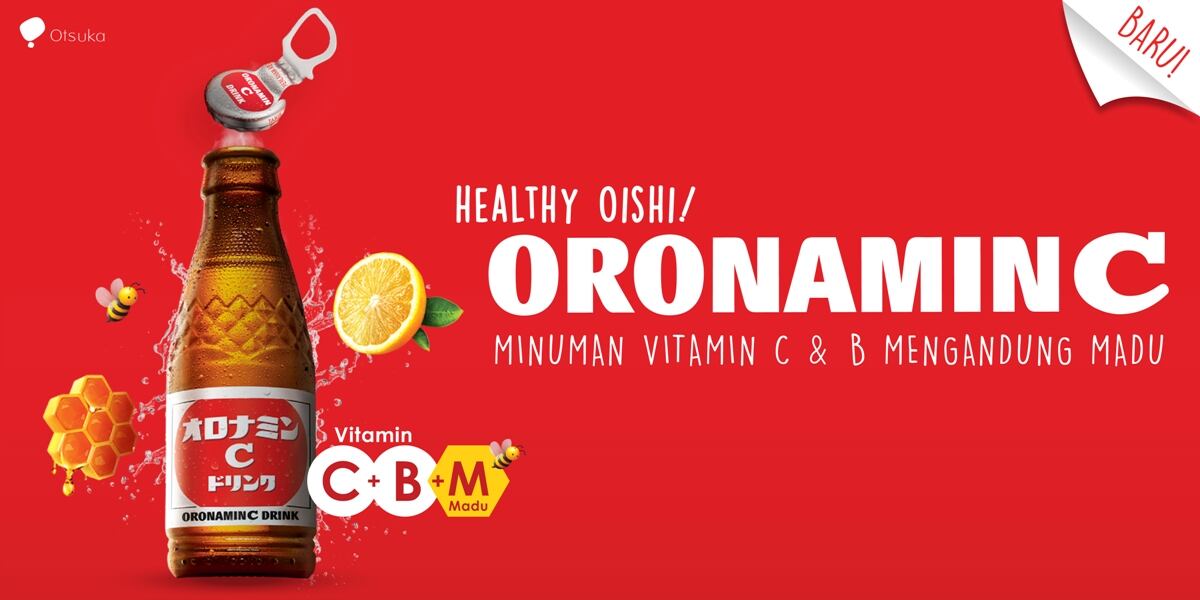One example, was the use of pandan flavoured US permeates in cookies, said Martin Teo, technical director (food applications) at the export council.
Others include gula meleka coconut cake made with 75% US permeate.
Permeate, also known as dairy products solids, is a high-lactose dairy ingredient produced through the removal of protein and other solids from milk or whey via physical separation techniques.
Teo was speaking at a lunch event organised by the council last month. The event showcased beverages, bakery and culinary food made with the US dairy ingredients.
He noted that permeate was widely used in the US for the past ten years but remained relatively new in Asia.
Containing at least 76% of lactose and typically 2% to 7% of protein, permeate is a functional ingredient that gives products its texture. It can also reduce the use of salt and sugar in products.
Besides bakery and confectionery, it could be used in beverages and even savoury products such as soup and sauces.
“A lot of people think that dairy has got nothing to do with savoury food, but in fact, permeates can reduce the use of salt,” he said.
An example of a savoury product innovation that uses the US permeate is the seasoning blend for instant noodles.
Teo added that the food recipes could be accumulated into recipe books.
“The collaboration with the FIRC could translate into recipe books which could be given out to end-users as a reference for them to further research and developed their in-house products,” he said.
“We want to localise and adapt the food applications (of US dairy ingredients) to the South East Asian taste profile. There are many ways to innovate US dairy to suit the local taste buds,” Dalilah Ghazalay, SEA regional director of the export council added when speaking at the event.
The council and FIRC signed a partnership agreement in May to incorporate the use of US dairy ingredients into the making of SEA local food.
Trends and Statistics
As a single country, the US is the largest milk producer, producing 97.7 million metric tons of milk, which is three times the size of Oceania combined.
South East Asia is the second-largest market for US dairy export, with a value of US$690m last year. Canada was the biggest export market, valuing at US$636m.
Within the region, the Philippines was USDEC’s largest market, followed by Indonesia, Ghazalay pointed out.
Products wise, skim milk powder, whey, lactose, and cheese are the most popular US dairy products in the region.
In terms of consumer trends, Ghazalay noticed that the SEA consumers were increasingly conscious of artificial food ingredients, preferring natural, clean label products.
In addition, consumers across all life stages are working actively towards health and wellness, she said.
In order to help food and beverage manufacturers in SEA further understand the use of US permeate, the export council had conducted three workshops at FIRC recently, where participants were able to create food products with the permeate.
Some examples of their creation included spicy sambal cookie, layered cake, and bamboo charcoal cookie.





